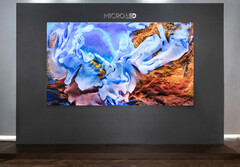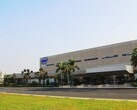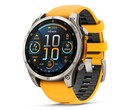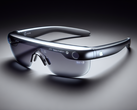MicroLED is known for being super bright, having vivid colors, and reliable, making it a front-runner for next-gen display technology. Even with some doubts stirred by Apple pausing its work on microLEDs for the Apple Watch, many believe the standout performance of this technology makes it too good to ignore for specific uses.
One area that could benefit is automotive displays. The high brightness works great for dashboard displays and instrument panels, and it also promises some eye-catching, transparent head-up displays (HUDs). According to Qiu Yubin, senior research VP at TrendForce, the gap between luxury and budget cars could help automakers justify putting microLEDs in their top-tier models despite their initial high costs.
MicroLED tech based on silicon also catches attention in AR glasses, where compactness and brightness are necessary. TrendForce estimates the microLED chip market could hit a whopping $5.8 billion by 2028, with an annual growth rate of 84 percent from 2023-2028.
There have been some notable achievements recently. Tianma hopes to lock in its production processes by the end of this year and start small-scale deliveries by late 2025. Meanwhile, BOE has teamed up with other companies for a 1 billion yuan ($139M) investment to set up a new microLED production line in Zhuhai. This facility claimed to be the first-ever 6-inch microLED plant to reach mass production, just started operations this month.
Still, microLED has its roadblocks. Geng Yi, the executive vice secretary-general of the China OLED Industry Alliance, points out that significant challenges remain, like difficulties in production at scale, high manufacturing costs, a fragmented supply chain, and a lack of common standards.
Source(s)
MyDrivers (in Chinese)




















